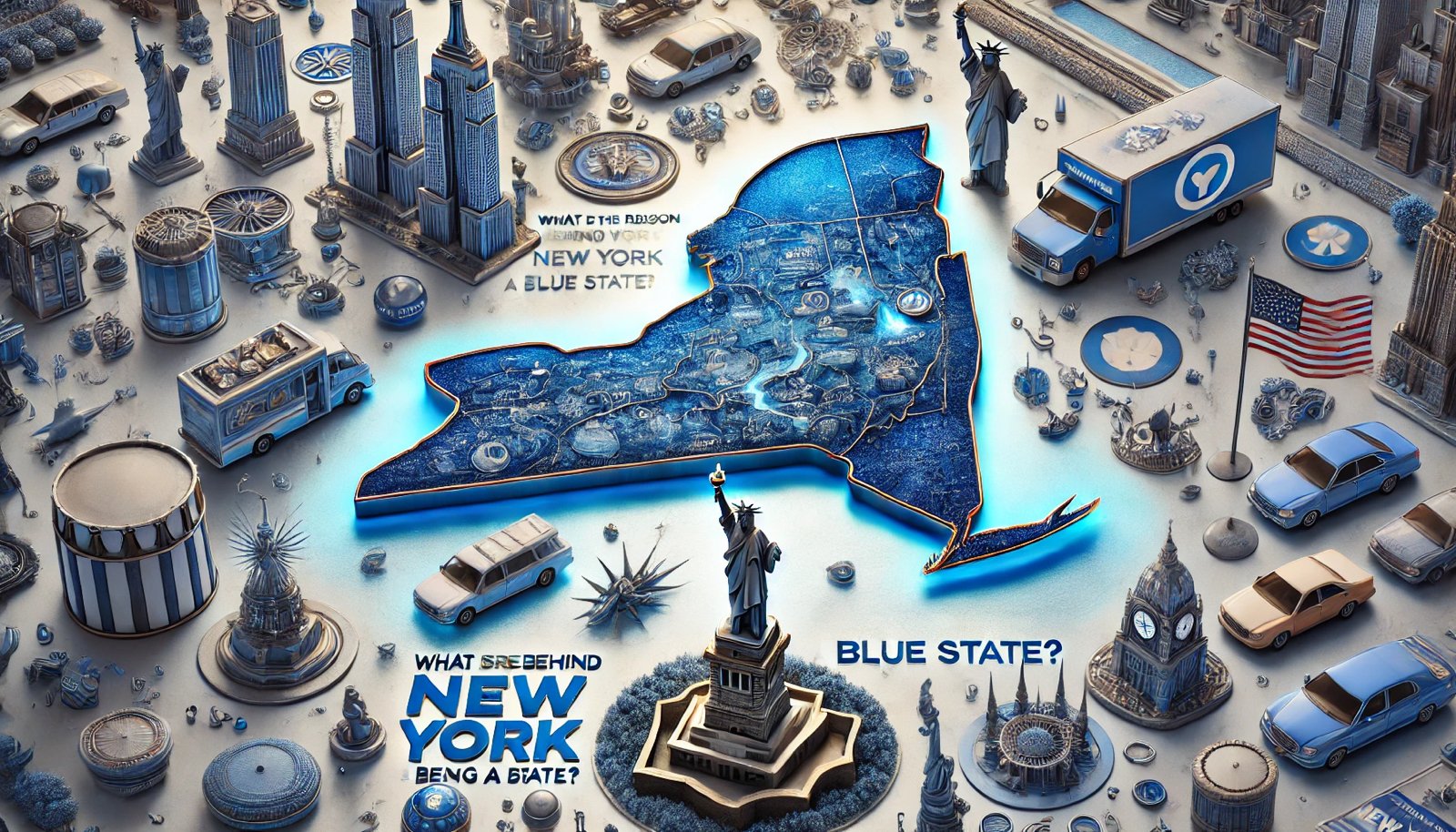What Is the Reason Behind New York's Being a Blue State?
New York is a blue state, with Democratic wins being the trend over the recent elections. The political position necessitates the reason behind such demographic shifts, urbanization, economic factors, and cultural influences.
Demographic Shifts
The most prominent reason New York is democratic is because of its diversified population. The state has had extremely high and rapidly growing minority populations, mostly Hispanic and Black. New studies indicate that such demographic changes have severely eroded Republican support in many counties. Counties with large-scale immigration tend to favor Democratic candidates because the latter are quick to affiliate with progressive policies that these groups would more easily adopt.
At the same time, young voters represent a burgeoning cohort of the electorate, and attitudes and preferences that are generational in nature tend to be liberalizing and moving toward Democrats as younger cohorts have focused attention upon social justice and climate protection; inclusionary policies also benefit this younger electorate that, by necessity, is relocating to Manhattan and Brooklyn.
Urbanization and Population Density
The city-to-countryside divide plays a pivotal role in New York's politics. Around 64 percent of New Yorkers reside in metropolitan areas, with the highest concentration being in New York City. Metropolitan areas bring together such a massive proportion of New Yorkers that issues concerning the city, like housing and healthcare, along with public transport, are easily accommodated on the political agenda. People of cities tend to call for the government to do its job in respect of such issues, thereby joining more lines closer to the Democratic ideology.
On the other hand, rural areas are more likely to be Republican but constitute a much smaller percentage of the overall population. Although it's true that upstate New York is more likely to be conservative in nature, it's the sheer number of voters living in cities such as New York City which would result in Democratic candidates winning state-wide elections. The impact of cities in terms of voter turnout and public policy debate is immense.
Economic Factors
Its economy also has a lot to do with New York's political orientation. New York has a solid economy, with strong industries in the financial world, technology, and entertainment. These industries tend to favor policies supporting progressive taxation and welfare programs—two of the mainstays of the Democratic Party's platform.
The economically well-off tend to vote Democratic; economically the most thriving areas favor investment candidates who advocate more funding in social services and infrastructure. Economically depressed areas may indicate counties where Republican candidates are more supportive, advocating tax cuts and reduced governmental spending. However, even in urban centers in economically depressed areas, Democratic candidates often win due to their tendency to support the inclusive solutions that help solve systemic problems.
Cultural Factors
Cultural attitudes play a huge role in orientations about political issues in the New York State. The state hosts an extremely heterogeneous set of cultures and communities that teach liberal values. Majority of the voters in urban centers tend to resonate with issues such as LGBTQ rights, protection of the environment, and rights of immigrants.
The New York-based entertainment industry also projects progressive information through the various media outlets that have millions of subscribers across the nation. These subtly persuade public opinion and motivate voters on the hot issues.
Another factor that cannot be discounted is the historical background behind New York politics. For most of the period since the Great Depression, it has been Democratic, with brief interludes of Republican gubernatorial victories. This history alone can indeed perpetuate party loyalty among voters.
Conclusion
Demographic diversity, effects of urbanization, economic and cultural attitudes contribute New York to being the blue state. As it is more likely to see the rise of active youth voters, and the immigrant population, New York is likely to continue as a Democratic state for the foreseeable future.
In Queens, or through companies such as Sparkly Maid NYC, which services more integrated populations, one can see how neighborhood dynamics reflect wider statewide patterns. The continued active involvement in local matters means New York will continue to be an important factor in the determination of national election results for years to come.
